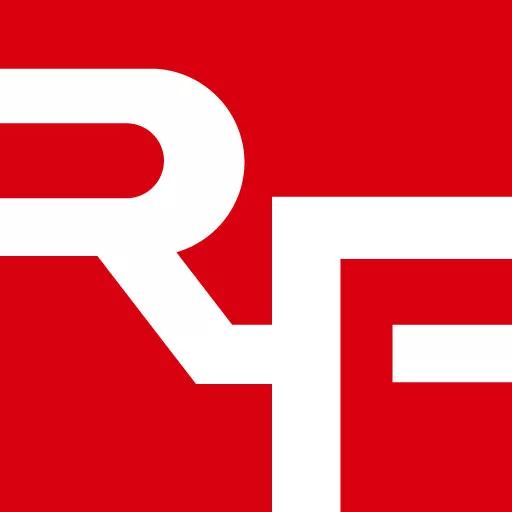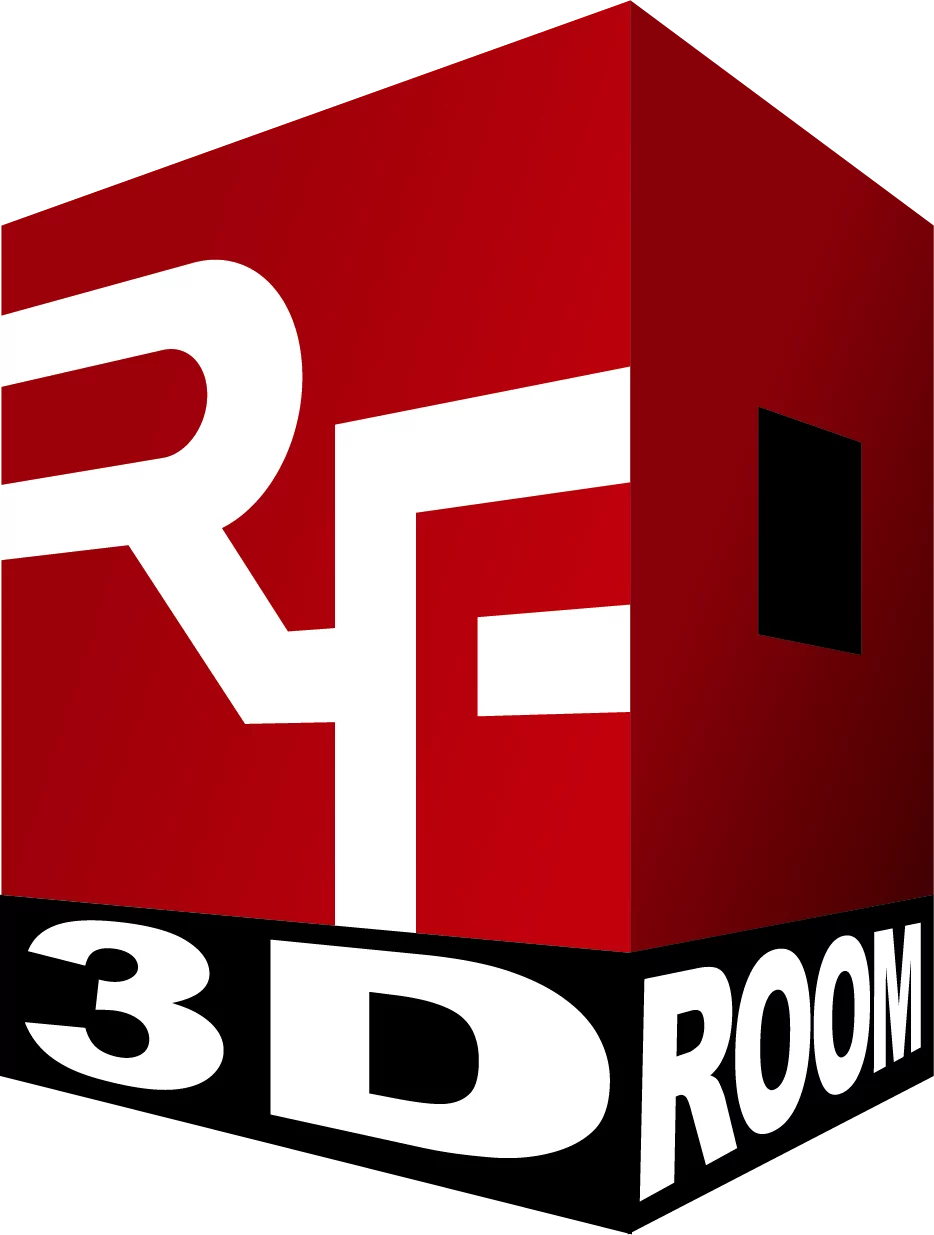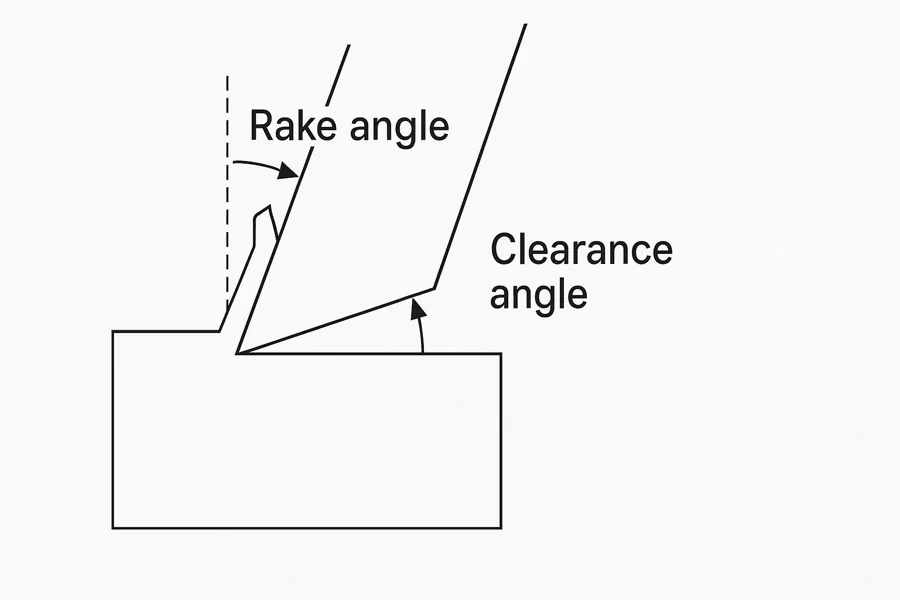Definition of Relief Angle
The relief angle, also known as the clearance angle, is the angle between the trailing edge of a cutting tool’s tooth (such as a band saw blade or mill drill bit) and the material being cut. This angle ensures that the tooth’s cutting edge is the only part of the tool in contact with the workpiece, reducing friction and heat buildup during cutting. Proper relief angles are crucial for efficient cutting, as insufficient relief can lead to excessive wear, binding, or tool damage. By directing chips away from the cut, a proper relief angle prolongs tool life, improves surface finish, and lowers cutting forces. Engineers and buyers look for the correct relief angle when selecting end mills, twist drills, or saw blades to match the material hardness and cutting speed for efficient machining.
Why It Matters for Band Saw and Mill Drill Machines
When you choose a blade or end mill, the relief angle impacts how smoothly the tool enters material. Too small of an angle creates excessive friction, causing heat buildup and premature wear. You’ll notice faster dulling and rougher cuts if the relief angle doesn’t suit your feed rate and material.
Proper relief angles also improve chip evacuation. By giving chips room to escape, you avoid recutting and surface damage. This means you spend less time polishing parts and more time on production. Selecting the right relief angle helps you hit tolerance standards without swapping tools mid-job.
Related Terms
Rake AngleClearance Angle
Helix Angle
Cutting Edge Geometry
Back Angle
Chip Load
FAQ
How do you measure the relief angle on a twist drill or end mill?
To measure relief angle, place the tool in a microscope or protractor jig. Align the tool’s axis horizontally, then rotate the tool until the flank face touches the protractor blade. The angle between the blade and the tool’s axis is the relief angle. For end mills, you measure behind the cutting edge on the side relief face. Consistent measurement helps you verify manufacturer specs or evaluate regrinding results to maintain cutting performance.
What relief angle values are typical for end mills and drill bits?
Typical relief angles vary by material and tool type. For general-purpose HSS end mills, you’ll see 8° to 12°. Carbide tools often use 5° to 10° because of their higher wear resistance. Twist drills usually range from 12° to 15° to balance strength with clearance. Harder materials require smaller relief angles to maintain edge strength, while softer materials allow larger angles for cleaner cuts. Always match relief angles to your spindle speed and feed rate.
How does relief angle affect tool life and cutting performance?
A correct relief angle reduces flank wear by minimizing contact between the tool body and the workpiece. Less friction means lower cutting temperatures and slower wear progression. You’ll get longer intervals between regrinds and see improved dimensional accuracy. On the other hand, too small an angle causes rubbing, excessive heat, and accelerated wear. Too large an angle weakens the cutting edge, leading to chipping. Balancing relief angle optimizes both tool life and part quality.



